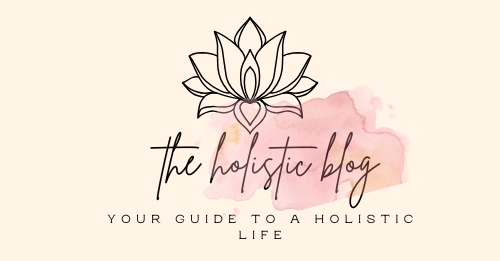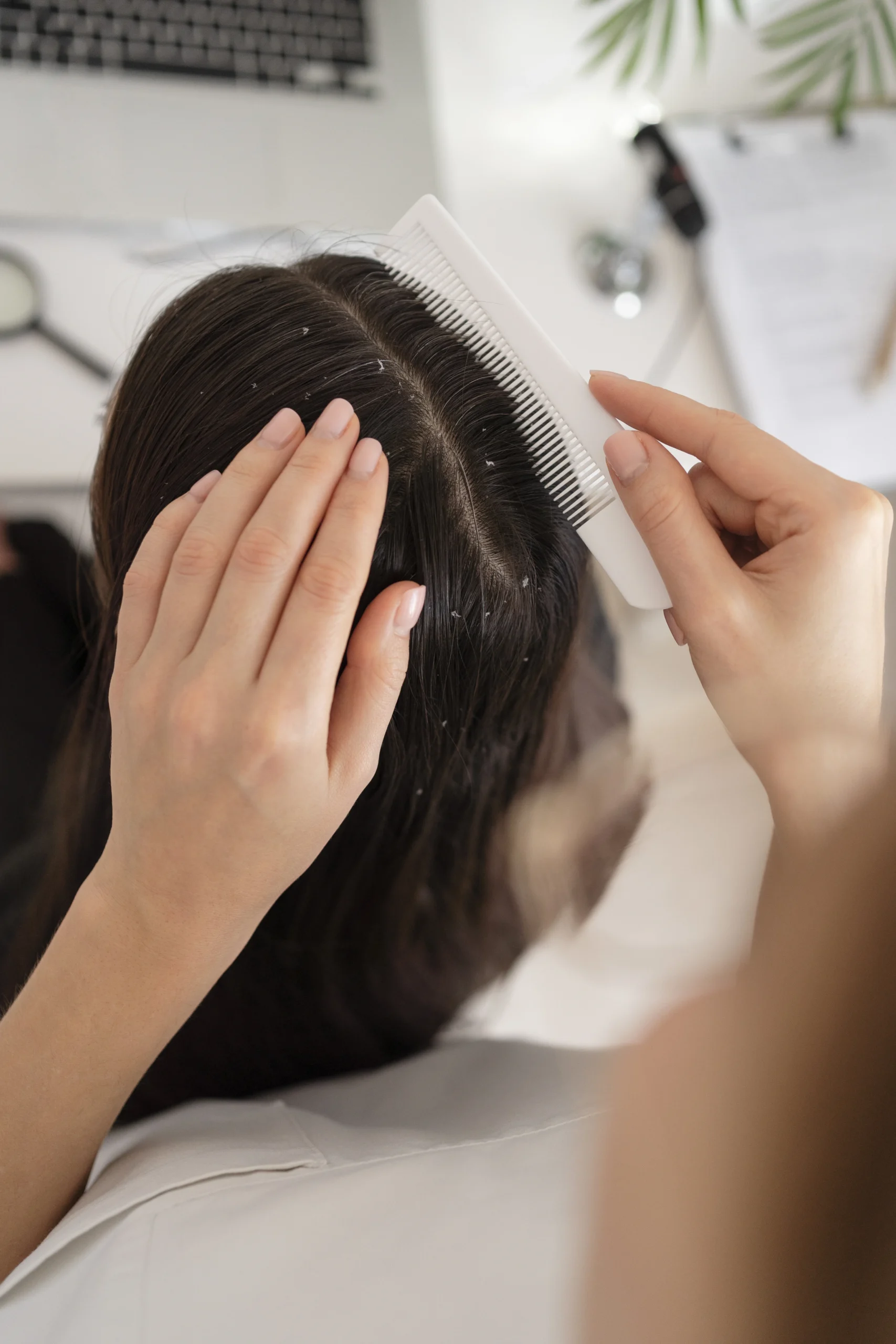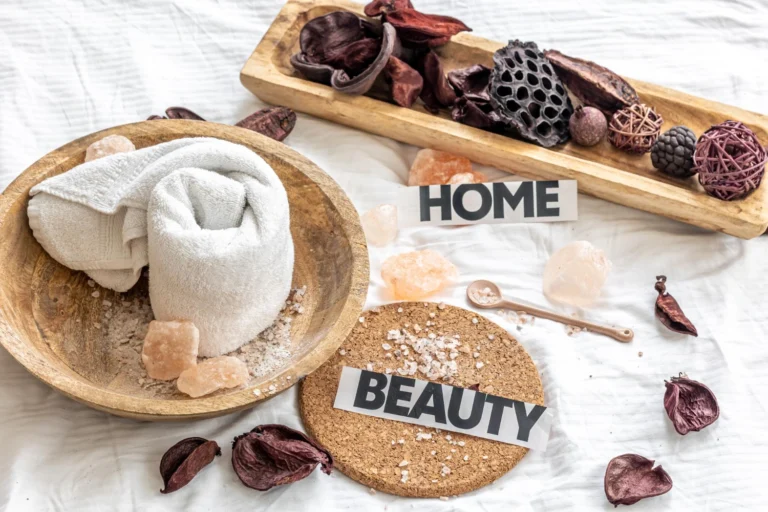Scalp Detox: The Ultimate Guide to Refreshing Your Scalp and Hair
Table of Contents
You’ve probably heard the buzz about scalp detoxes, but have you ever wondered why they’re so important for your hair’s health? If your hair feels weighed down, looks dull, or seems to never get completely clean, the culprit could be a buildup of products, oils, and environmental pollutants on your scalp. This hidden issue could be preventing your hair from reaching its full potential. In this guide, we’ll explain why scalp detoxing is essential, how it benefits your scalp and hair, and give you practical steps to start your detox routine today.
What Is Scalp Detox and Why It’s Essential for Your Hair Health
Your scalp plays a crucial role in maintaining healthy hair. It’s the foundation where your hair grows from, and if the scalp isn’t healthy, your hair won’t be either. A scalp detox is exactly what it sounds like – a deep cleansing treatment designed to rid your scalp of buildup and impurities. Over time, hair products, oils, dead skin cells, and pollution can accumulate on your scalp, clogging hair follicles and hindering healthy hair growth.
Why is it so important to detox your scalp? Because a clogged scalp can lead to issues like dandruff, inflammation, excessive oiliness, and even hair loss. Scalp detoxing is the first step towards restoring balance and promoting optimal hair health. By removing toxins and buildup, you create a cleaner, healthier environment for hair growth, ultimately leading to stronger, shinier, and more manageable hair.
Signs Your Scalp Needs a Detox
How do you know if your scalp is begging for a detox? There are a few clear indicators you should watch for. If you experience any of the following, it’s likely time for a scalp reset:
1. Itchy or Inflamed Scalp
An itchy, inflamed scalp is a common sign that buildup is irritating your skin. Over time, residue from hair products or natural oils can clog pores, leading to discomfort and inflammation. A detox can help clear the scalp, reducing itchiness and irritation.
2. Excess Oil
Does your scalp feel greasy just hours after washing? Excess oil buildup can prevent your scalp from breathing properly. Scalp detoxing helps balance oil production, leaving your scalp feeling fresh and revitalized.
3. Dandruff or Flaky Scalp
A flaky scalp is often caused by a combination of dryness and product buildup. Detoxing your scalp can remove dead skin cells and allow your skin to regenerate naturally, leading to a clearer, flake-free scalp.
4. Lack of Volume or Healthy Hair Growth
If your hair is flat and lifeless, or if you’ve noticed thinning spots, clogged hair follicles could be at the root of the problem. A scalp detox clears the way for stronger, more vibrant hair growth by opening up the follicles and improving circulation.
By recognizing these signs early, you can take steps to restore balance and keep your scalp in its healthiest state.
How Scalp Detox Benefits Your Hair and Scalp
When you commit to a regular scalp detox, you’ll be amazed by the difference it makes. Here’s how it benefits your scalp and hair:
1. Clears Product Build-up
Styling products, oils, and environmental pollutants can quickly build up on your scalp and hair, clogging pores and making it harder for your hair to grow. Scalp detoxing removes this buildup, preventing it from obstructing your follicles.
2. Promotes Healthy Hair Growth
A clean scalp allows hair follicles to receive the nutrients and oxygen they need to function optimally. By detoxing your scalp, you enhance blood circulation, promoting stronger and faster hair growth.
3. Balances Oil Production
If you have an oily scalp, it’s easy to feel like you’re constantly battling grease. A scalp detox removes excess oil, balancing the production and preventing greasy buildup. For those with a dry scalp, detoxing can help unclog pores without stripping natural moisture.
4. Soothes Scalp Issues
Whether you deal with dandruff, irritation, or other scalp issues, detoxing can help restore comfort. Ingredients like aloe vera or tea tree oil used in detox treatments can calm inflammation and soothe the scalp, leaving it refreshed and relieved.
How to Do a Scalp Detox: A Step-by-Step Guide
Now that you understand the benefits, here’s how to detox your scalp effectively. With the right tools and techniques, you can achieve a deep cleanse without causing harm to your scalp or hair.
Step 1: Choose the Right Scalp Detox Product
There are several types of scalp detox treatments available, each designed to meet specific needs. Some of the most popular options include:
- Scalp Scrubs: A physical exfoliant that helps remove dead skin cells and product buildup. Best for those with oily scalps.
- Scalp Masks: Usually creamy and hydrating, these are perfect for dry or sensitive scalps.
- Detox Shampoos: A gentle but effective option for those looking for an easy, everyday solution.
Step 2: Apply the Product Correctly
For scrubs and masks, apply the product to dry hair, focusing on the scalp. Gently massage the product into your scalp using your fingertips to promote circulation. This will ensure that you’re lifting up any buildup and helping the product penetrate the skin.
Step 3: Follow the Instructions
Each product comes with its own set of instructions, so it’s important to follow them to achieve the best results. Some detox treatments need to be left on for a few minutes, while others require a longer treatment time.
Step 4: Rinse Thoroughly
Once you’ve allowed the detox product to work its magic, rinse your scalp thoroughly with lukewarm water. Make sure that all of the product is completely removed, as leftover residue can cause irritation or further buildup.
Step 5: Follow with a Gentle Shampoo and Conditioner
After detoxing, your scalp and hair will be extra sensitive. It’s important to follow up with a gentle, moisturizing shampoo and conditioner to restore hydration and keep your hair soft and manageable.
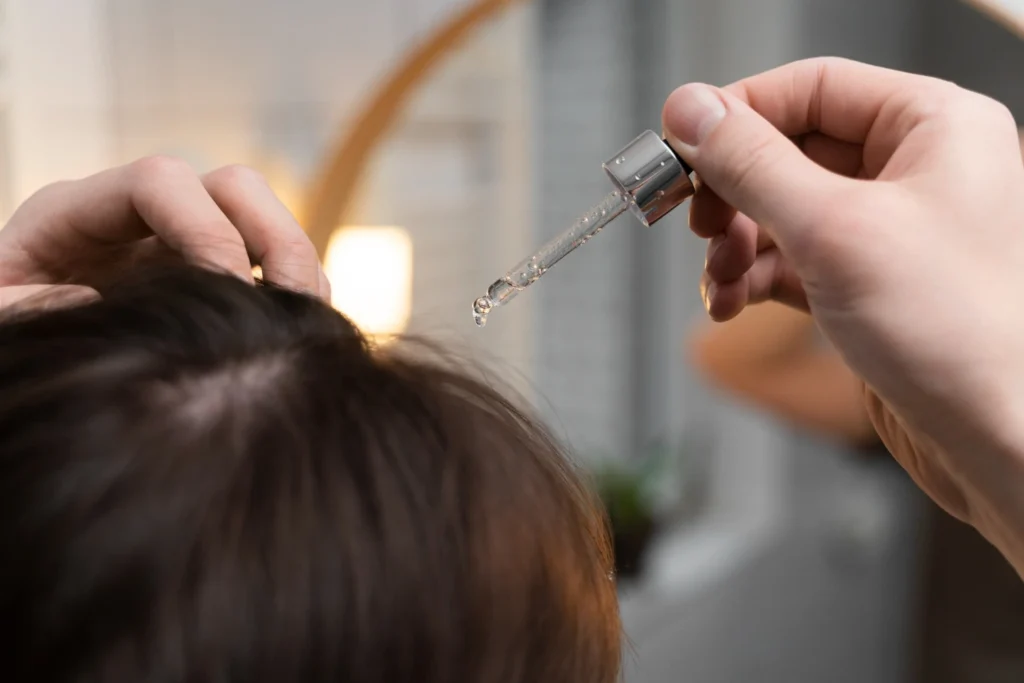
DIY Scalp Detox Recipes: Natural Ingredients for a Clean Scalp
If you prefer to go the natural route, several at-home recipes can help detox your scalp using common ingredients. These DIY treatments are effective, affordable, and can be customized to your specific scalp needs.
| Ingredient | Purpose | Best For |
| Baking Soda | Exfoliates and removes buildup | Oily, greasy scalp |
| Apple Cider Vinegar | Balances pH and clarifies the scalp | Normal scalp |
| Aloe Vera | Soothes and hydrates | Sensitive scalp |
| Coconut Oil | Moisturizes and detoxifies | Dry scalp |
To create your DIY scalp detox, mix these ingredients according to your scalp’s needs. For example, if you have an oily scalp, combine baking soda with apple cider vinegar for an effective clarifying treatment. Apply the mixture to your scalp and massage it gently before rinsing.
Scalp Detox vs. Regular Shampoo: Understanding the Difference
While regular shampoo is essential for cleaning your hair, it doesn’t address the deep buildup on your scalp. Scalp detoxing goes further by specifically targeting clogged hair follicles, removing product residue, dead skin cells, and other impurities that your regular shampoo might miss.
Scalp detox products are formulated to deeply cleanse the scalp without stripping it of its natural oils. Regular shampoos, on the other hand, are designed to clean hair strands and prevent excessive oil buildup on the hair itself. While both are important, a scalp detox should be used in conjunction with your regular shampoo for optimal hair health.
How Often Should You Detox Your Scalp?
The frequency of your scalp detox will depend on your hair type and lifestyle:
- Oily Scalp: If you have an oily scalp, you may benefit from a detox every two weeks.
- Normal Scalp: Once a month is usually enough for those with a normal scalp.
- Dry Scalp: Detoxing once a month, or every six weeks, is recommended for dry scalp to avoid over-drying.
Don’t over-detox! While detoxing is important, too much of it can lead to dryness, irritation, or damage to your hair. Always listen to your scalp and adjust the detoxing frequency accordingly.
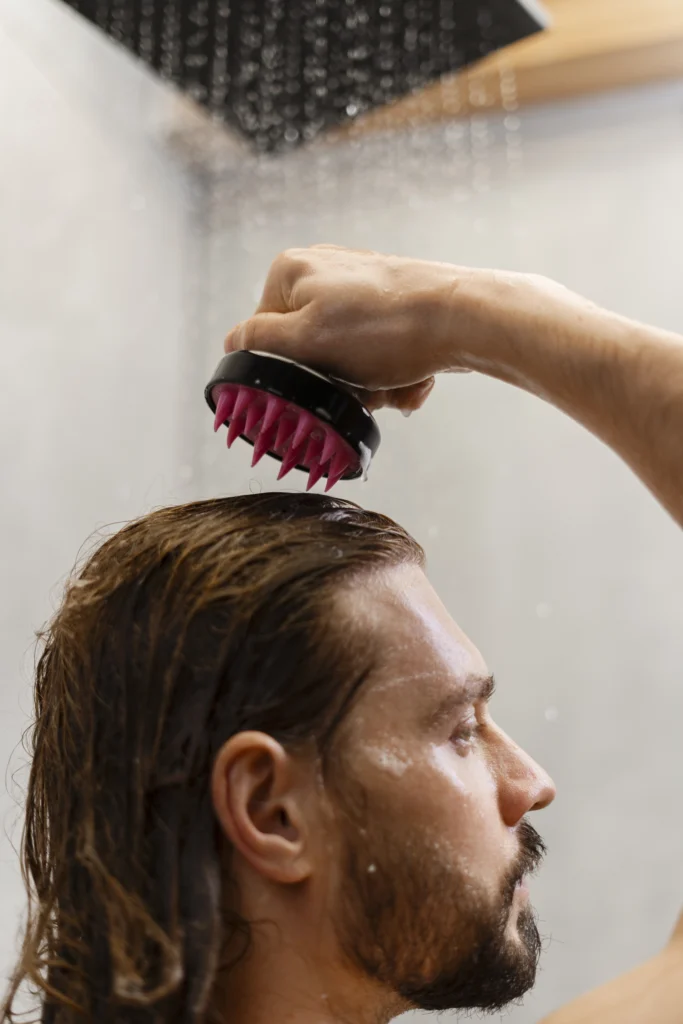
Expert Tips for a Successful Scalp Detox
To ensure your scalp detox is effective and safe, follow these expert tips:
- Avoid Harsh Chemicals: Choose natural or gentle products without sulfates or parabens.
- Don’t Over-exfoliate: Use scrubs sparingly to avoid damaging the scalp’s natural barrier.
- Hydrate After Detoxing: Use a moisturizing conditioner or scalp serum to restore hydration.
- Protect Your Scalp: After detoxing, protect your scalp from the sun, pollutants, and harsh weather conditions.
Conclusion: Start Your Scalp Detox Journey Today
Taking the time to detox your scalp can drastically improve the health of your hair. By removing buildup, soothing irritation, and promoting healthy hair growth, you’ll notice a visible difference in the strength, shine, and volume of your hair. Whether you choose to use a professional scalp detox product or opt for a DIY solution, the key is consistency. Incorporate regular detox sessions into your hair care routine, and you’ll enjoy cleaner, healthier hair in no time
FAQ: Scalp Detox
Q: How do I know if my scalp needs a detox?
A: Signs include itchy scalp, oily roots, persistent dandruff, or lack of hair volume. If you’ve noticed any of these, a scalp detox can help rejuvenate your scalp.
Q: Can I use a scalp detox if I have sensitive skin?
A: Yes! There are many gentle options available, including natural oils and soothing masks like aloe vera or coconut oil.
Q: How often should I do a scalp detox?
A: For most people, once a month is sufficient. Oily scalps may benefit from more frequent detoxing, while dry scalps should detox less often to avoid irritation.
Q: Can a scalp detox help with hair growth?
A: Yes, by promoting healthy circulation and clearing away buildup, a detox can stimulate hair follicles, leading to stronger and healthier hair growth over time.
